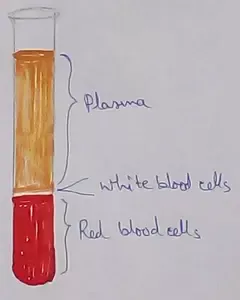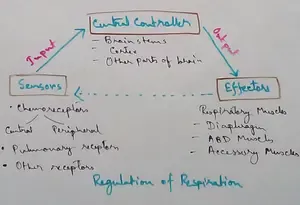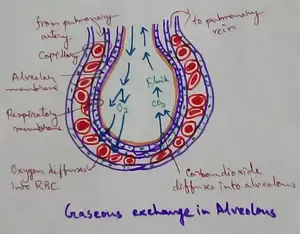Worksheet on Rocks and Stones
Worksheet on rocks and stones contains various types of questions on stones, rocks, soils and minerals. We know, big stones, small stones, smooth and rough stones, dull and shiny stones are all pieces of rocks.
I. Fill in the blanks:
(i) Graphite is a ___________ rock.
(ii) ___________ is the hardest substance.
(iii) ___________ is used in watches.
(iv) ___________ is used to make blackboards.
(v) Mirrors are made of ___________ and ___________.
(vi) ___________ are very hard minerals.
II. Tick (√) the
correct answer:
(i) Which rock was used to build the Taj MAhal?
(a) granite
(b) marble
(c) sandstone
(d) coal
(ii) Which of the following is not used for jewellery?
(a) slate
(b) diamond
(c) emerald
(d) ruby
(iii) Which of the following is correctly matched?
(a) chalk – grey rock
(b) emerald – red color
(c) marble – red rock
(d) coal – underground rock
III. Write the names of these rocks:
(i) A red rock used for building.
(ii) A black rock found under the Earth.
(iii) A rock which is used in jewelers.
(iv) A rock we can write on.
IV. Put a tick (√) against the correct sentence and cross (X) against the wrong sentence:
(i) Pebbles are rounded stones.
(ii) Stones used for jewellery are cut and polished.
(iii) Granite is a hard rock.
(iv) Marble is always white.
V. (i) Name three rocks used to make buildings.
(ii) Name one or two famous buildings. What rocks are they made of?
Check the answers of worksheet on rocks and stones:
Answers:
I. (i) soft
(ii) Diamond
(iii) Quartz
(iv) Slate
(v) silver, silica
(vi) Gemstones
II. (i) (b) marble
(ii) (a) slate
(iii) (d) coal – underground rock
III. (i) marble
(ii) coal
(iii) diamond
(iv) chalk
IV. (i) √
(ii) √
(iii) √
(iv) X
V. (i) Marble, granite and sandstone
(ii) Red Fort made of sandstone.
Taj Mahal made of marble
From Worksheet on Rocks and Stones to HOME PAGE
Recent Articles
-
What Is Plasma? | Blood Plasma | Proteins | Nutrients | Cholesterol
Nov 07, 25 10:29 AM
Blood is a mobile fluid which is a connective tissue and is derived from the mesoderm like cell any other connective tissue. Colour of blood is reddish and that flows inside the blood vessels by means… -
Disorders of Respiratory System | Tuberculosis | Pleurisy | Emphysema
Oct 28, 25 11:39 PM
Tuberculosis is very common disease and is caused by a type of bacteria called Mycobacterium tuberculosis. This disease causes different trouble in the respiration and infection of several parts of th… -
Regulation of Respiration | Respiratory Centres | Inspiratory Area |
Oct 14, 25 12:13 AM
Respiratory Centre is the area that controls the rate of respiration and it is observed to be located in medulla oblongata and pons. Respiratory Centre has the following will dispersed components like… -
Explain Transport of Gases | External Respiration | Tissue Respiration
Oct 09, 25 11:35 PM
In humans gaseous exchange is completed in the following ways the steps are - External Respiration or Breathing - Breathing in false taking in of Oxygen and giving out of carbon dioxide in the body. M… -
Kind and Number of Teeth | Location of Teeth in Mouth | Care of Teeth
Sep 11, 25 12:52 AM
Kind and Number of Teeth





New! Comments
Have your say about what you just read! Leave me a comment in the box below.